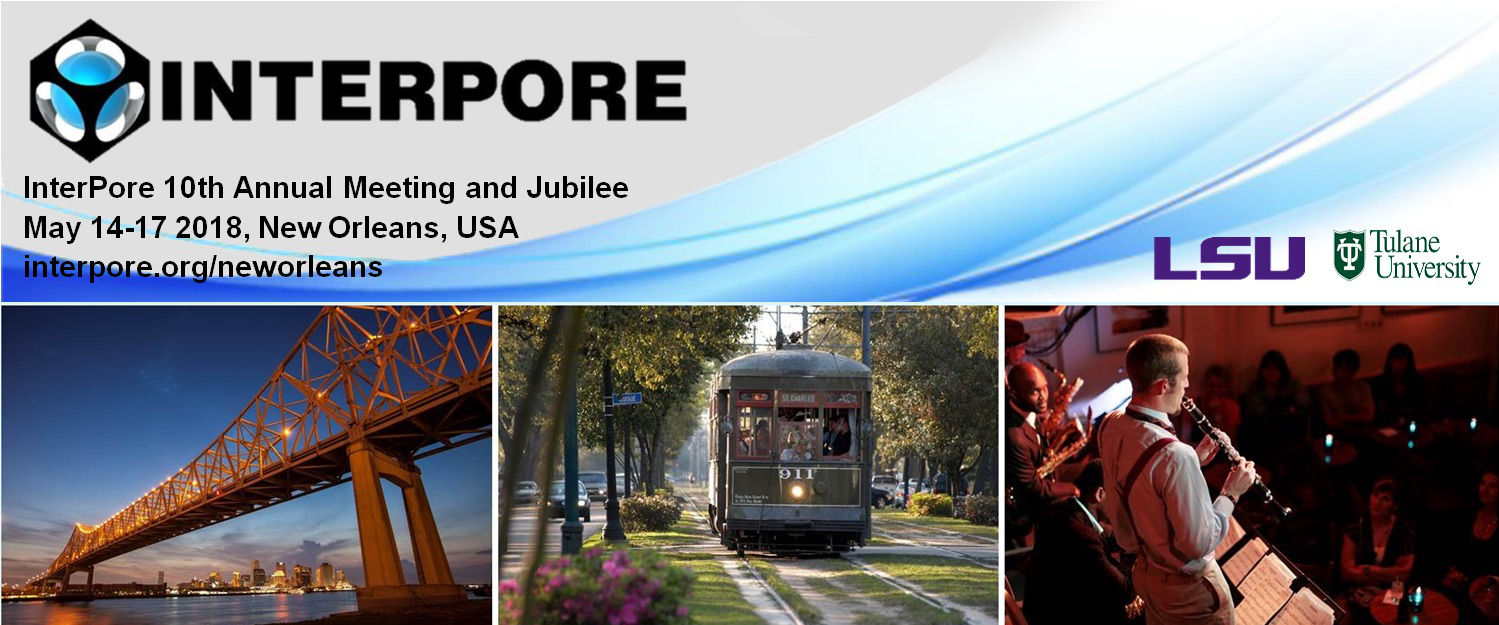Speaker
Description
Liquid water is produced during hydrogen-oxygen reactions in proton exchange membrane fuel cells, which operate at temperatures below 100 C. Proper water management is important to achieve high performance and durability. The behavior of liquid water percolating through the catalyst layer of PEM fuel cells is not understood, and has not be experimentally characterized. This is in part due to the complex structure of the catalyst layer that includes catalyst support (typically carbon) for electron and thermal transport, catalyst (typically Pt), ionomer for protonic transport, and a pore space for reactant and water transport. The ionomer provides additional complexity in that it swells as water is absorbed. In order to characterize the relationship between catalyst layer structure and morphology with liquid water percolation, a pseudo-Hele-Shaw test has been developed in which a liquid is injected into a catalyst layer. The liquid displaced air to generate imbibition or drainage flows depending upon wettability of the catalyst layer. Variations in environmental humidity affect ionomer with swelling occurring at high relative humidities. Ionomer swelling causes a shift in the pore size distribution with a subsequent increase in injection pressure during percolation testing. To isolate the effect of active participation by the catalyst layer, two liquids are used during testing. The first is a fluorinert that does not interact with the ionomer and the second is water.
| Acceptance of Terms and Conditions | Click here to agree |
|---|


